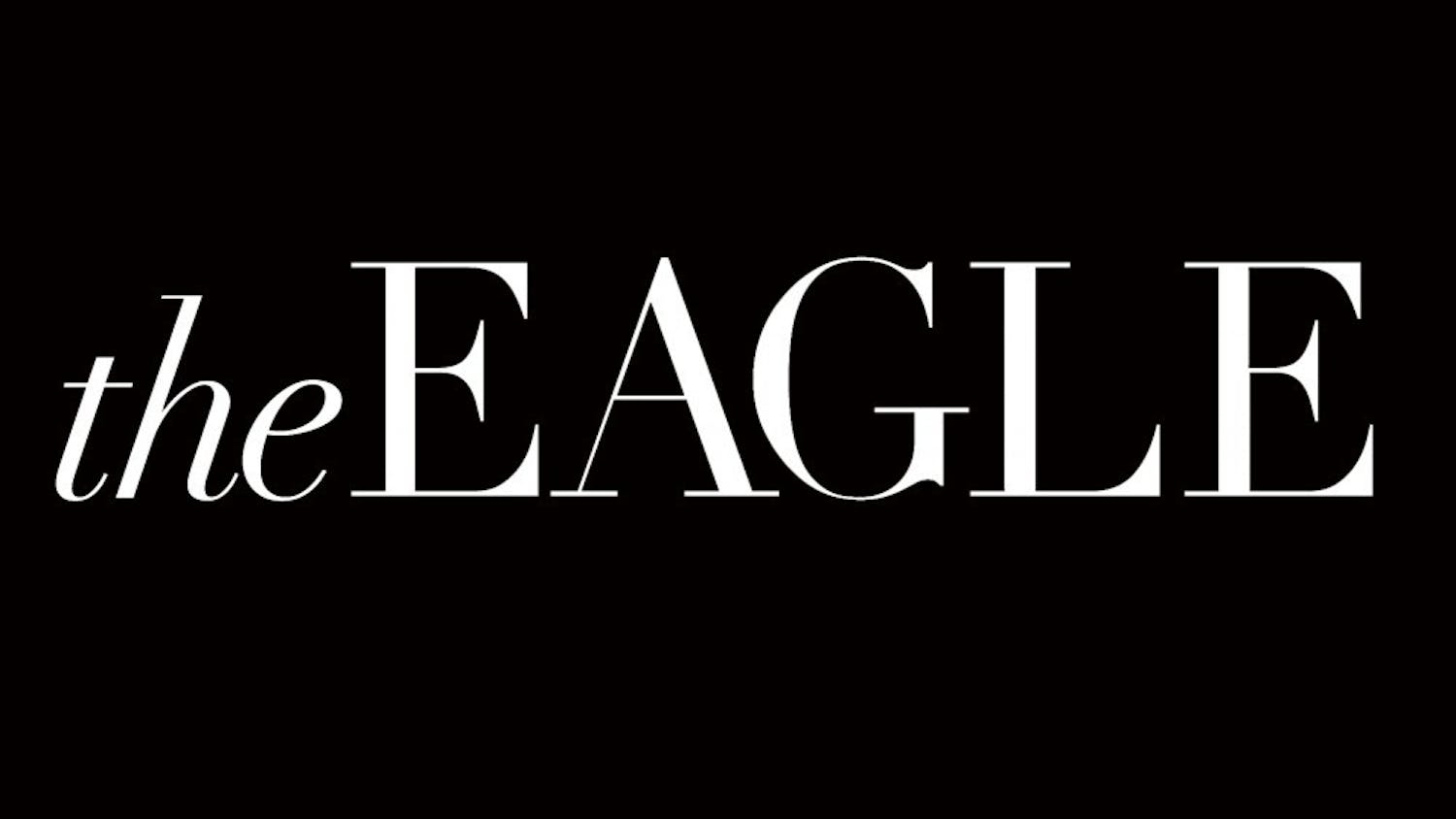It is a tradition at every Jewish Seder table to remark on how soft and fluffy the matzo balls are in the matzo ball soup. "Oh, I've never had matzo balls so fluffy, what did you do to them?" is one of the favorites of my Nana. "These matzo balls are the softest I've ever had!" is the familiar echo from the rest of the table.
The art of turning dry, sawdust-like matzo meal into palatable Passover dishes is a key part of Jewish tradition, just as important as eating mazto itself. Matzo, for the non-Jews, is unleavened bread eaten by Jews during Passover, which commemorates the Jewish people's freedom from bondage in Egypt (brush up on Exodus). Basically, matzo is a hard, miserable cracker that causes a statistical uptick in indigestion among Jews.
Yet, there is immense pride in turning matzo into breakfast fried matzo with jelly, matzo pizza (a travesty), Mina de carne (matzo pies with meats), or chocolate-covered desserts. Matzo balls remain the gold standard (and yes Mom, you make the best matzo balls I have ever had).
Matzo, however, is more than a measure of a Jewish cook. It is a connection between people who have contentiously shared land along the coast of the Mediterranean for thousands of years. While Jews may groan at the mere sight of a matzo five-pack, Arab-Israelis and Israeli-Christians flock to stores carrying matzo. Demand increases in the weeks preceding and following Passover, Muslims eat it with tea, some dip it chocolate and children constantly nosh on it as a snack.
This food exchange simplifies the complicated realities of the region. Israeli Jews regularly eat hummus, which dates back to 13th-century Egypt and falafel, another Muslim culinary contribution. When it comes to what tastes good, Jews, Muslims and Christians do not care about politics.
At the beginning of the Seder, a piece of matzo is broken in half and an invitation is said for all who are hungry or needy to join. This tradition extends to the feast on the Thursday before Easter and the Sunni Muslim fast on the Day of Ashura. The breaking of bread is fundamentally about the opening of the home to strangers and the building of friendships.
Bread is mentioned hundreds of times in the Old and New Testaments and the Quran. It represents plentifulness, nourishment and a gift from God. Matzo is unique in that is lacks the enjoyable characteristics of bread. Matzo is the poor man's bread and represents affliction and slavery. Yet, it simultaneously symbolizes freedom and redemption. Matzo is the final thing eaten at a Seder, and is thus freedom from what may be a multi-hour affair.
The Passover Seder critically asks Four Questions about the significance of the Seder. This constant questioning is a central part of Passover learning and tradition. It calls on us to ask "why?"
Why do they hate us? Why are they here? Why can't we live in peace? Why are they different from us?
Yet there is a why that is rarely asked: Why do we not eat together?
Eating and breaking bread together is a powerful act of peace. It is about connecting through a shared experience and the enjoyment of eating. A meal together is more powerful than any piece of paper or promise to be broken. Sitting across the table from someone who is radically different from yourself is the ultimate kinship, even if you are eating something that tastes like the box it came in.
Samuel Mendelson is a sophomore in the School of International Service.
edpage@theeagleonline.com




